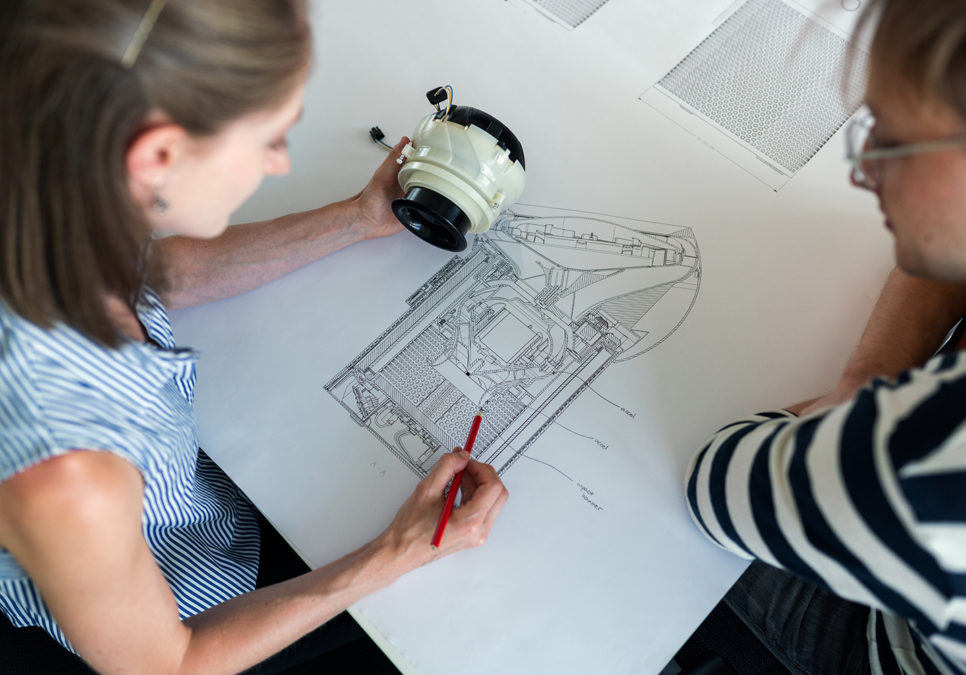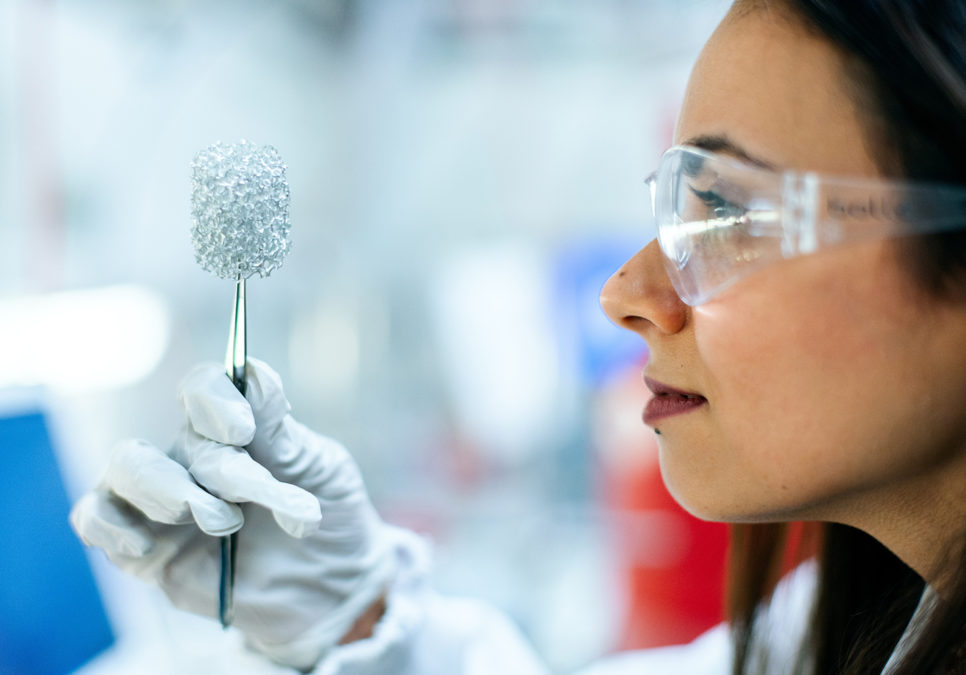Women in Engineering
By Elizabeth Johnson
Engineering has often been viewed as a male profession but this view is changing.
Approximately 12% of engineers in the UK are women, this figure is low when compared to 47% of women in the overall workforce[1] and particularly when compared to similar industries such as architecture where the gender split in the under 30s is exactly 50%[2].
Female students tend to outperform their male counterparts in all STEM A level subjects apart from Chemistry and at graduate level, with 79.8% of female students earning a First or Upper Second, compared to 74.6% of male students[3]. Despite this, female students in the UK are less likely to enter into engineering as a profession; the UK has the lowest percentage of female engineering professionals in Europe. The reason for this has often been linked to stereotypical gender roles with engineering cited as a man’s job, conjuring up images of men in overalls and therefore not appealing to women. However, this opinion could be outdated and attitudes towards women in engineering have changed. According to research by Engineering UK the perception among both male and female students age 16-19 that engineering is suitable for both girls and boys has increased from 77% of male and female students in 2015, to 94% of female students and 81% of male students in 2019[4]. This is a positive change.

Source: pexels.com
At OR Consulting nearly one third of our engineers are female, here are some of the reasons why they decided to study engineering and what they most enjoy apart their jobs:
What attracted you to engineering?
Marie: I think it’s fascinating that nearly everything we use has been engineered. Engineering is often at the forefront of development, from technology to travel to infrastructure. To be part of an industry that paves the way for future generations is really appealing to me. It was also important to me to be involved in an industry which can have a real impact on the fight against climate change, which is something I can contribute to with low carbon design in engineering.
Katy: Although I trained as an Architect, I think lighting design is interesting because it is a creative discipline with a backbone of electrical engineering. When I did my diploma through CIBSE and The Southbank University, we were taught the biology of the eye, and used trigonometry to calculate lux levels and daylight factors but the output was always to achieve something that was a good design, visually and functionally.
Why did you become an engineer?
Marie: I studied engineering for international development as part of my degree and saw how engineering can play a crucial role in people’s safety, comfort and well-being in global situations. I consequently volunteered with a non-governmental organisation which focused on earthquake resistant design and worked with a great team who were helping people in Nepal build and strengthen their homes. This is how I became interested in the building aspect of engineering, and how I could use my mechanical engineering degree in the building industry.
Amy: I took part in a STEM outreach programme when I was in school where we did activities from all the STEM subjects as a taster for a degree in those subjects. I found the engineering activities most interesting and enjoyable, and liked that the problems in engineering affect how we live and interact with the world.
What do you enjoy most about your job?
Marie: I have enjoyed seeing projects develop from plans on a piece of paper into a fully functioning building. My most personal project has been converting a morgue into a recording studio in a community building for young people in the local area. I developed a mechanical scheme and watched it develop from concept into reality. This was rewarding as it was my first project but also because it is for a social cause whose facilities can make an impact on the futures of young members of the local community.
Amy: I like how each project I have been involved in has been different allowing our designs to become tailored to the specific project requirements and as new technologies are developed, I look forward to seeing how we can use these technologies in our designs. I have not yet been involved in a project that has been completed on site, however, I am excited to see a project I have worked on become a working building.
Katy: We get to work with some of the best architects to help realise their vision for a project, which feels like such a privilege. We will meet with the Architect and the Client typically to find out what their goals (and budget!) are for the project, in terms of lighting and working together with the M&E and Electrical engineers in our office to develop an integrated strategy. This will quite often take a sketch format initially, but it helps flag up any misinterpretations or problems. There is normally a lot of discussion, because lighting is the most visual discipline we do, but that is what makes it interesting.
What does your role entail?
Marie: My role is a building services mechanical design engineer. This involves taking plans for a project and developing a mechanical scheme which works for the client, the architect, the structural engineer and for us. I carry out calculations, use 3D modelling software and put together schematics and specifications whilst making sure the design is conducive with the rest of the design team and fulfils the client’s requirements.
Amy: My role involves designing mechanical services schemes, using calculations and modelling software to ensure everything works well, then communicating our design to the rest of the design team to receive feedback and alter accordingly to ensure our design works well within the overall design.
Katy: We use Dialux to model the scheme which helps us to check our design in a quantitative manner (i.e. that we are meeting expected lighting levels, etc.), but it also helps others to visualise the lighting in their building. We will then get into the more technical aspects of the project, working with manufacturers and the design team to make sure we get the correct specification for the light and controls and draft it into CAD. Once the project is on site, we will visit to check the installation and then later, commission the lights so they meet the intended strategy we presented at the beginning of the project.

